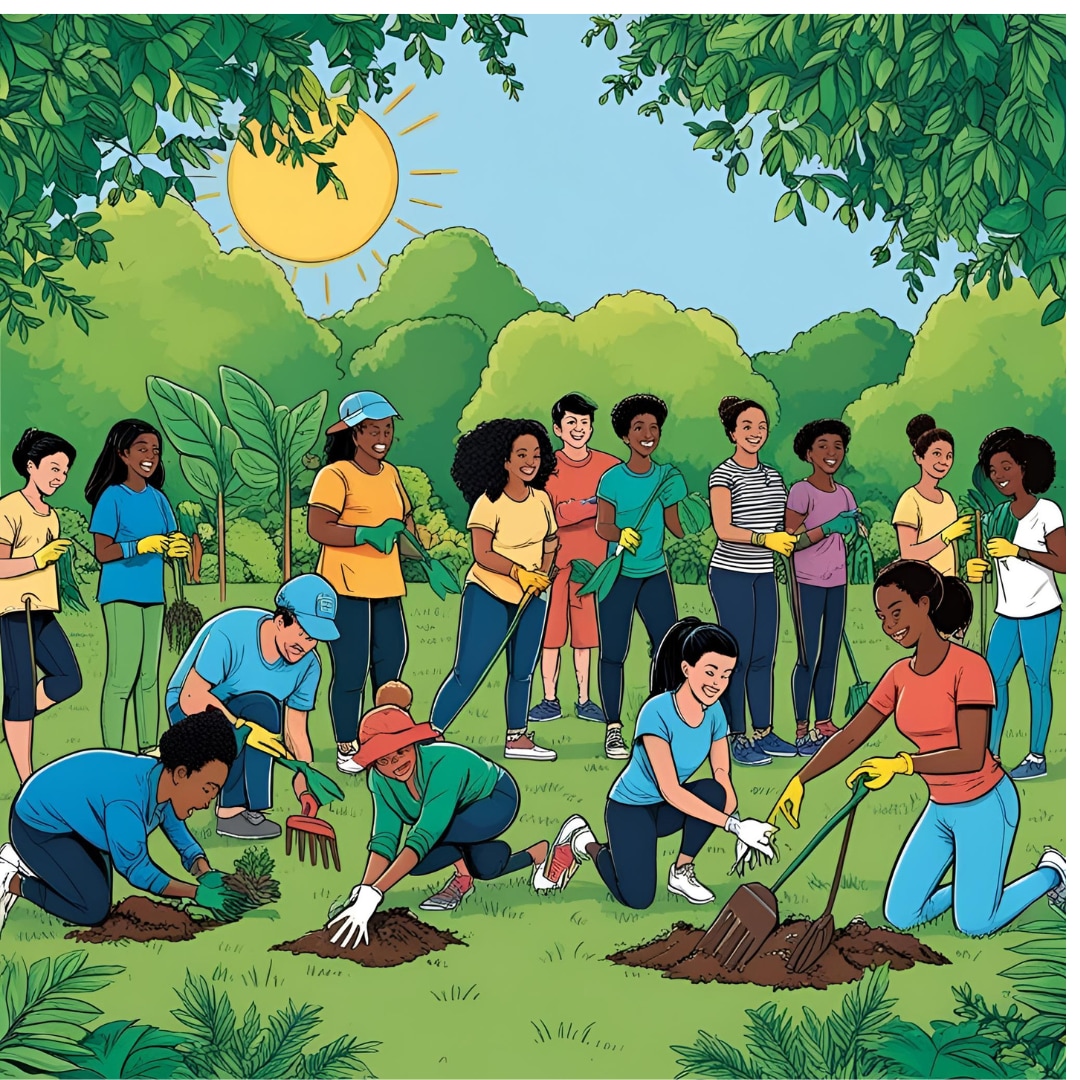
Sustainability in Recreation
Sustainability in recreation is becoming an increasingly important consideration as society grows more aware of the environmental impacts of human activities. Recreation, whether it involves outdoor activities like hiking, biking, or camping, or indoor sports and fitness, has the potential to contribute to environmental degradation through resource consumption, waste generation, and habitat destruction. The core principle of sustainability is to meet the needs of the present without compromising the ability of future generations to meet their own needs. This concept can be applied to recreational activities by focusing on practices that minimize ecological impact and promote the health and well-being of both people and the environment.
One of the first steps in promoting sustainability in recreation is reducing the carbon footprint of various recreational activities. This can be achieved by encouraging more eco-friendly forms of transportation, such as biking, walking, or carpooling to outdoor locations. Additionally, creating opportunities for sustainable tourism, such as low-impact camping sites or eco-resorts, can minimize the environmental harm caused by high volumes of visitors to natural areas. Activities like these should be designed to have minimal impact on ecosystems, promoting responsible usage of resources, and reducing waste, pollution, and energy consumption.
The implementation of sustainable recreation practices also involves education and awareness. Outdoor organizations, recreation providers, and local governments can offer programs that teach individuals about the importance of sustainability in recreational settings. These initiatives might include workshops, campaigns, or certifications for eco-friendly businesses, which can help foster a deeper understanding of the interconnectedness between recreation and environmental stewardship. Educating the public about Leave No Trace principles and the significance of preserving natural habitats can encourage responsible behavior, such as respecting wildlife, minimizing waste, and reducing the use of nonrenewable resources.
Using items that can be washed (ex- use real plates/ cups/ silverware) instead of single us ones is helpful. You can use fabric towels versus paper towels or an air dryer to cut down on waste. Companies can start a staff compost bin for food scraps, or a donation box for leftover materials. Encourage borrowing items from different departments if you only need something a few times a year, unless it makes more sense to purchase something to use again and again. Donate cans and bottles to a local cause or use them for recycle art! Can you aim to have items that can serve multiple purposes and decrease the need for consumption? These are small but powerful ideas that if done consistently can really add up!
Sustainable infrastructure is another critical component of making recreation more environmentally responsible. This includes designing parks, trails, and recreational facilities with sustainability in mind. For example, using recycled materials in construction, ensuring that waste disposal systems are efficient and environmentally friendly, and integrating water and energy-saving technologies into recreation spaces can make a significant difference. In addition, landscape restoration projects or the development of green spaces within urban areas can promote ecological resilience, support biodiversity, and provide accessible areas for recreation that do not harm the environment.
Finally, policies and regulations play a pivotal role in ensuring the long-term sustainability of recreation. Governments and private organizations should implement policies that prioritize sustainability, such as limiting the development of high-impact recreational facilities in sensitive areas, encouraging sustainable land use practices, and enforcing environmental regulations. Moreover, partnerships between public and private sectors, as well as local communities, can help in the development of shared sustainability goals. By working together, it becomes possible to create a more sustainable framework for recreational activities that balances enjoyment, conservation, and environmental protection.
With consistent small daily changes, completed by many, you can really make a difference!
Good Luck!
Images

Additional Info
Media Contact : Stephanie Kreiver
